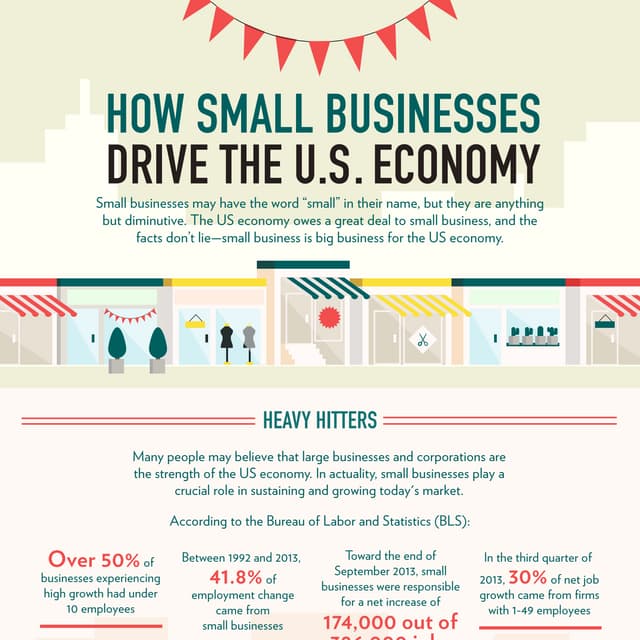How Do Small Businesses Make Profit

In a world dominated by corporate giants, the economic heartbeat often pulses strongest within the realm of small businesses. These ventures, the corner stores, the family-owned restaurants, and the innovative startups, collectively fuel economies and shape communities. Yet, beneath the surface of quaint storefronts and passionate entrepreneurs lies a constant, pressing question: How do small businesses actually make a profit and survive?
The simple answer – revenue exceeding expenses – belies a complex web of strategic decisions, operational efficiencies, and market awareness. This article delves into the multifaceted approaches small businesses utilize to navigate the competitive landscape, examining key areas such as pricing strategies, cost management, customer acquisition, and operational agility. We will explore how these factors intertwine to determine the financial health and long-term viability of these crucial economic drivers.
Understanding the Profit Equation
The fundamental profit equation is straightforward: Profit = Total Revenue - Total Expenses. However, successfully navigating this equation requires a deep understanding of both revenue generation and cost control.
Revenue streams can range from direct sales of goods or services to subscription models or affiliate marketing. Accurate revenue forecasting is essential for budgeting and investment decisions.
Pricing Strategies: Finding the Sweet Spot
Pricing is a delicate balancing act. It must be high enough to generate a healthy profit margin, yet competitive enough to attract customers.
Cost-plus pricing, where a markup is added to the cost of production, is a common approach. Value-based pricing, on the other hand, considers the perceived value of the product or service to the customer.
Competition-based pricing involves analyzing competitor pricing and adjusting accordingly. Dynamic pricing, often used in e-commerce, allows for price adjustments based on real-time demand and market conditions.
Cost Management: Efficiency is Key
Effective cost management is crucial for profitability. This includes minimizing expenses related to raw materials, labor, rent, utilities, and marketing.
Negotiating favorable terms with suppliers, implementing energy-efficient practices, and streamlining operational processes can significantly reduce overhead costs. Lean manufacturing principles can be applied even in service-based businesses to eliminate waste and improve efficiency.
Technology also plays a vital role. Utilizing accounting software, customer relationship management (CRM) systems, and other digital tools can automate tasks, improve data analysis, and optimize resource allocation.
Customer Acquisition and Retention
Attracting and retaining customers is the lifeblood of any business. Marketing efforts must be targeted and cost-effective, particularly for small businesses with limited budgets.
Digital marketing strategies, such as search engine optimization (SEO), social media marketing, and email marketing, offer cost-effective ways to reach potential customers. Building a strong brand and fostering customer loyalty are essential for long-term success.
Providing exceptional customer service and building strong relationships can lead to repeat business and positive word-of-mouth referrals, which are invaluable for small businesses. Loyalty programs and personalized interactions can further enhance customer retention.
Operational Agility and Adaptability
The business environment is constantly evolving. Small businesses must be agile and adaptable to changing market conditions and customer preferences.
This includes being willing to pivot strategies, experiment with new products or services, and embrace technological advancements. Monitoring industry trends and staying informed about competitor activities are crucial for making informed decisions.
Flexibility in operations, such as offering flexible work arrangements or adapting business hours to meet customer needs, can also provide a competitive advantage.
"The ability to adapt and innovate is what separates thriving small businesses from those that struggle," notes a recent report by the Small Business Administration (SBA).
Navigating Challenges and Opportunities
Small businesses face a unique set of challenges, including limited access to capital, difficulty competing with larger companies, and regulatory hurdles.
However, they also have unique opportunities, such as the ability to provide personalized service, build strong community ties, and innovate quickly. Government programs, such as SBA loans and grants, can provide crucial financial assistance.
Networking with other small business owners and seeking mentorship can also provide valuable support and guidance.
Ultimately, the success of a small business hinges on a combination of sound financial management, effective marketing, operational efficiency, and a deep understanding of its target market. By mastering these key areas, small businesses can not only survive but thrive, contributing to the economic vitality of their communities and beyond.
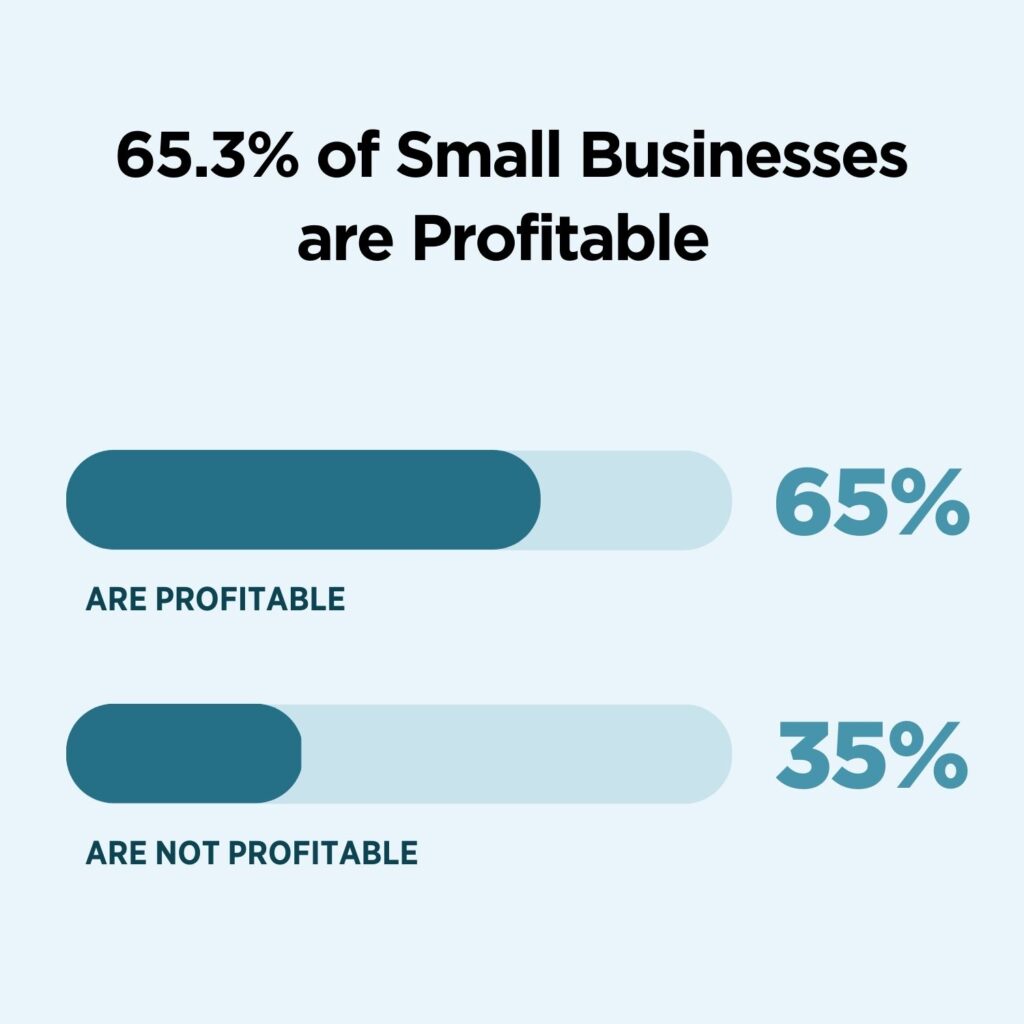



.jpeg?width=3750&height=4260&name=8-Tips-to-Maximize-Profits-in-Business (1).jpeg)

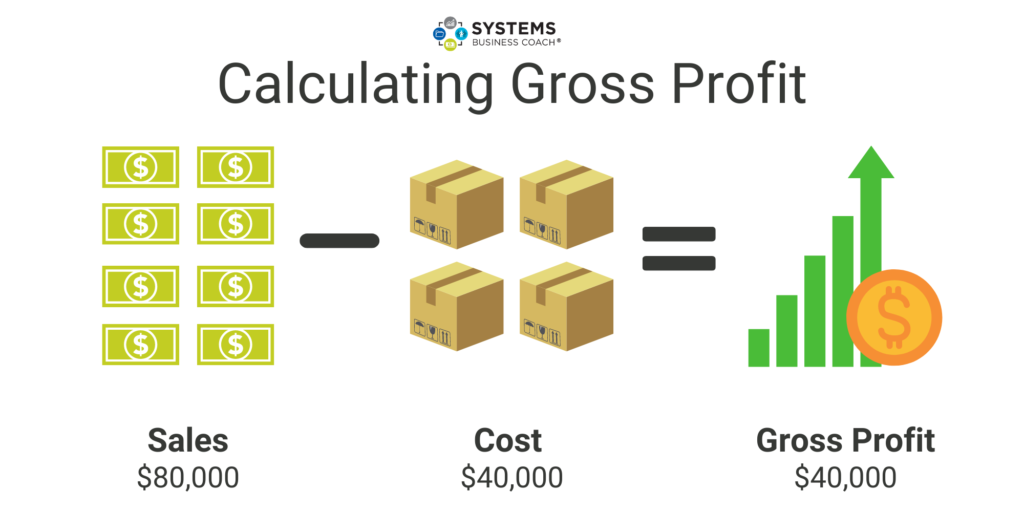

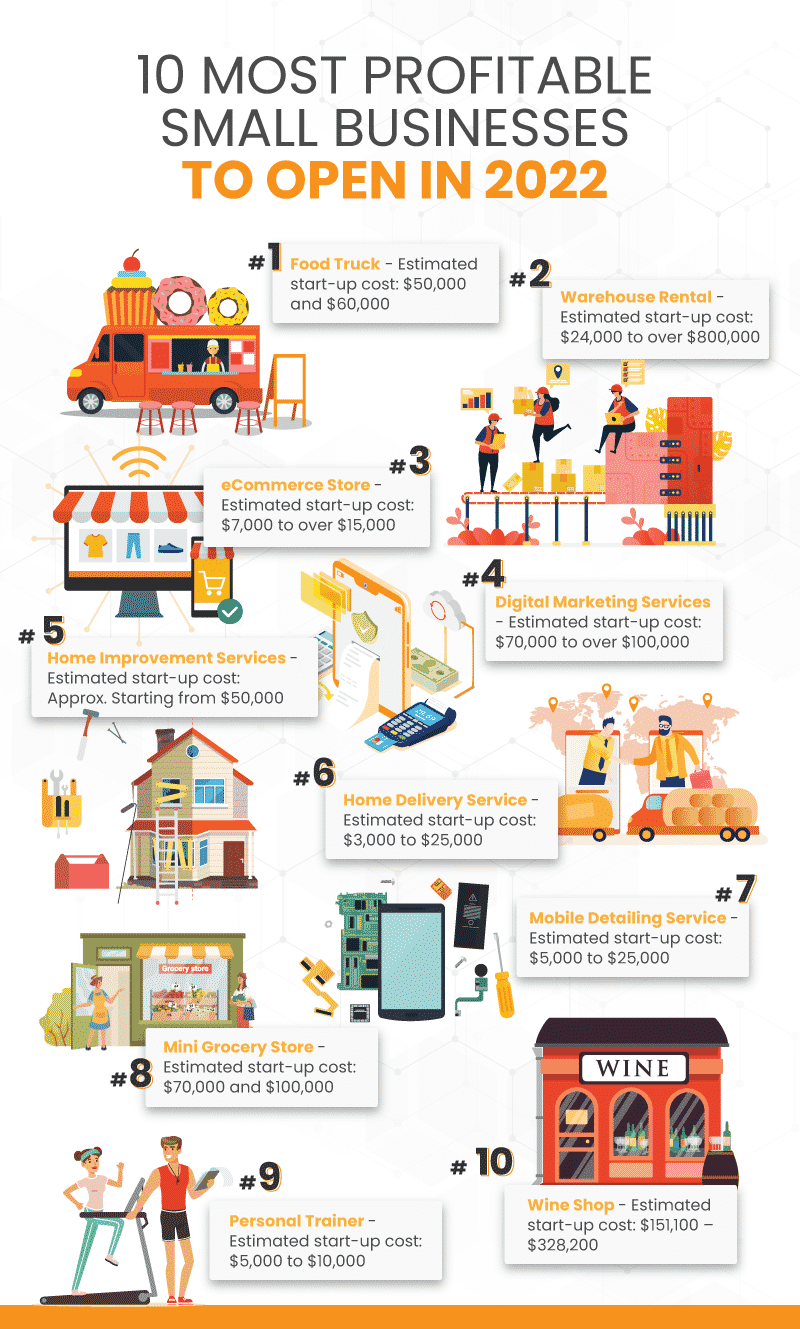

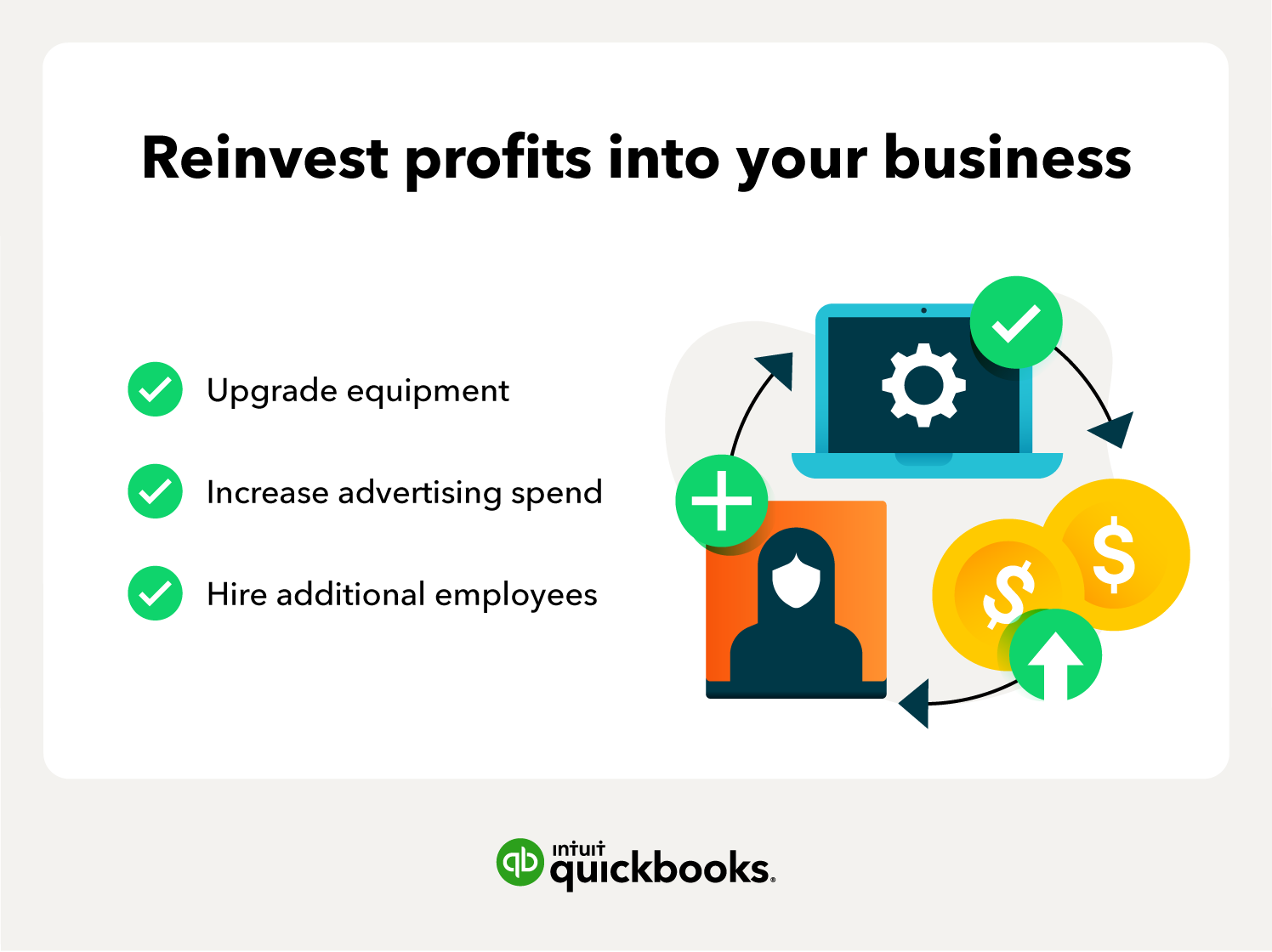


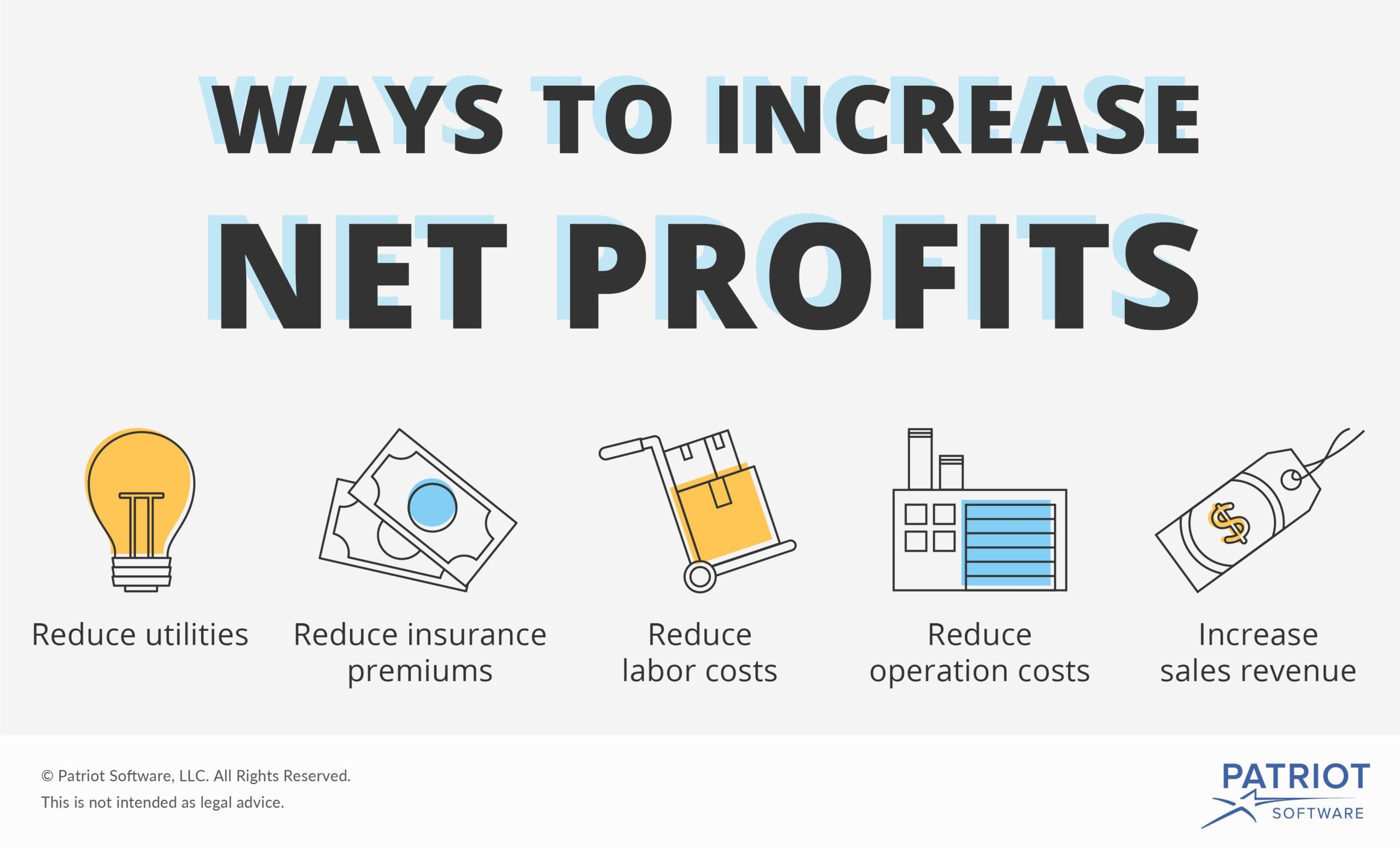


.jpg)
